Sweet, juicy, and versatile—the humble plum has delighted taste buds for millennia. From East Asian orchards to European groves, from backyard gardens to large-scale commercial farms, plums have found their way into jams, sauces, pastries, brandies, teas, and health remedies worldwide. But despite their global presence, most of the world’s plums come from just a few powerhouse nations.
In this article, we’ll journey through the globe, uncovering the top plum-producing countries, exploring what makes them so dominant, and learning how each one contributes to satisfying our worldwide plum cravings. Let’s dive in!
A Global Snapshot of Plum Production
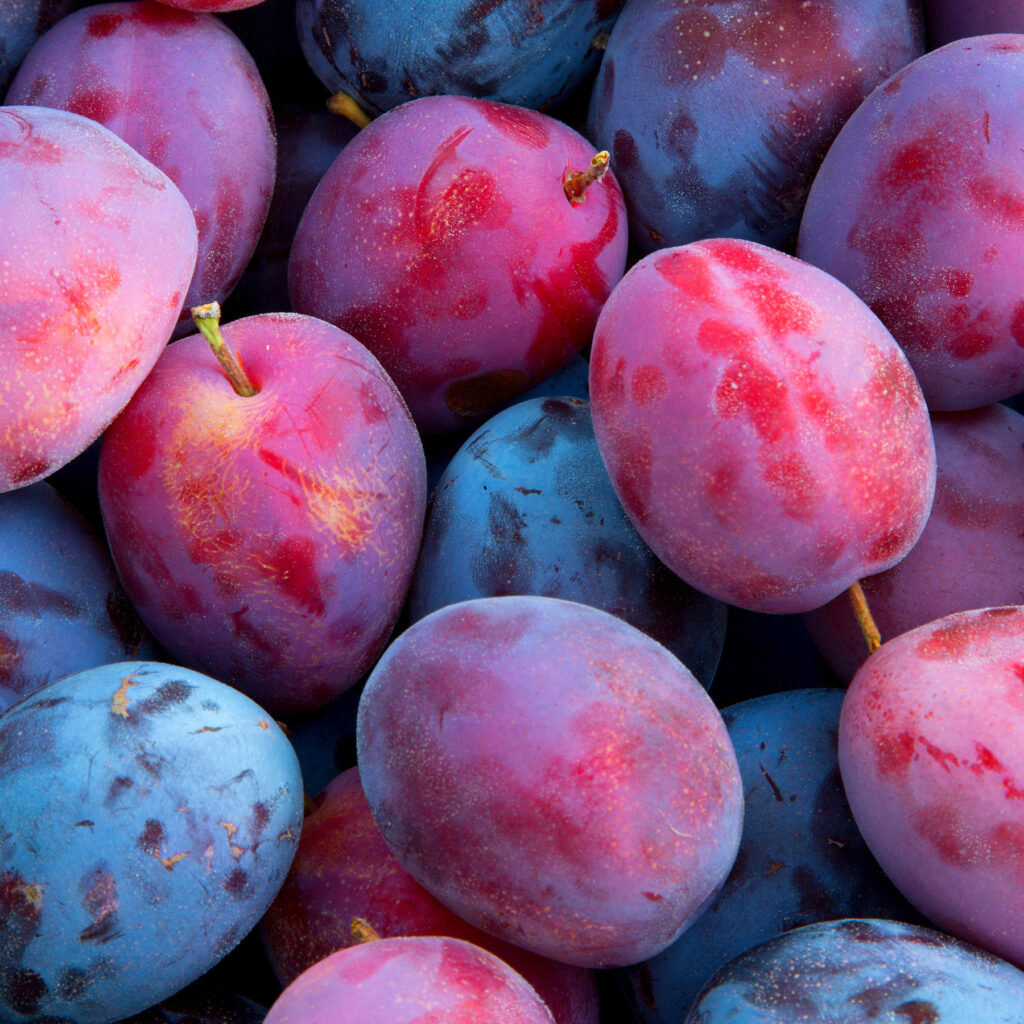
According to the Food and Agriculture Organization (FAO) and recent agricultural estimates, these five countries lead the global plum output:
| Rank | Country | Annual Production (Metric Tons) |
|---|---|---|
| 1 | China | ~7,200,000 |
| 2 | Serbia | ~650,000 |
| 3 | Romania | ~530,000 |
| 4 | India | ~400,000 |
| 5 | United States | ~380,000 |
Combined, these five nations produce nearly 90% of the world’s plums, showcasing the concentration of production across key regions.
China — The Unmatched Plum Titan
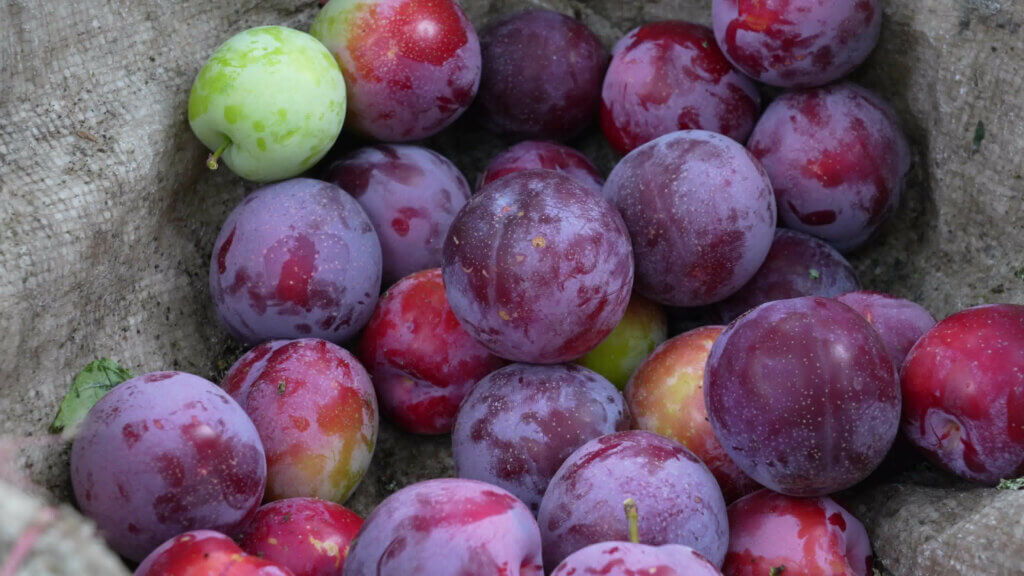
China is the unquestionable leader in plum production—notching around 7.2 million tonnes annually, which is more than half of all plums grown worldwide.
Prime Plum Regions:
- Sichuan, Hunan, Shandong, and Hebei are among the most prolific provinces.
What Sets China Apart:
- Grows an astonishing variety of plum species, including Japanese-style, local Chinese varieties, and even some European types.
- Plums are deeply embedded in Chinese culture: eaten fresh, dried, pickled, pressed into sauces, brewed into traditional mead (Meijiu), or savored as part of herbal remedies.
- Plum blossoms hold symbolic importance, representing resilience, hope, and the spirit of renewal.
Serbia — Europe’s Plum Powerhouse
Ranked second globally, Serbia produces about 650,000 tonnes of plums—and takes the title of Europe’s top plum producer.
Central Farming Areas:
- Regions like Šumadija, Pomoravlje, and Raška are known for their robust plum yields.
Serbian Highlights:
- Specializes in European plums (Prunus domestica)—large, dark, and sweet.
- The fruit forms the backbone of Slivovitz, Serbia’s famed plum brandy.
- Hosts a vibrant national celebration called Šljivijada, honoring its plum legacy.
- A top exporter of both fresh fruit and prunes to European neighbors.
Romania — A Storied Plum Grower
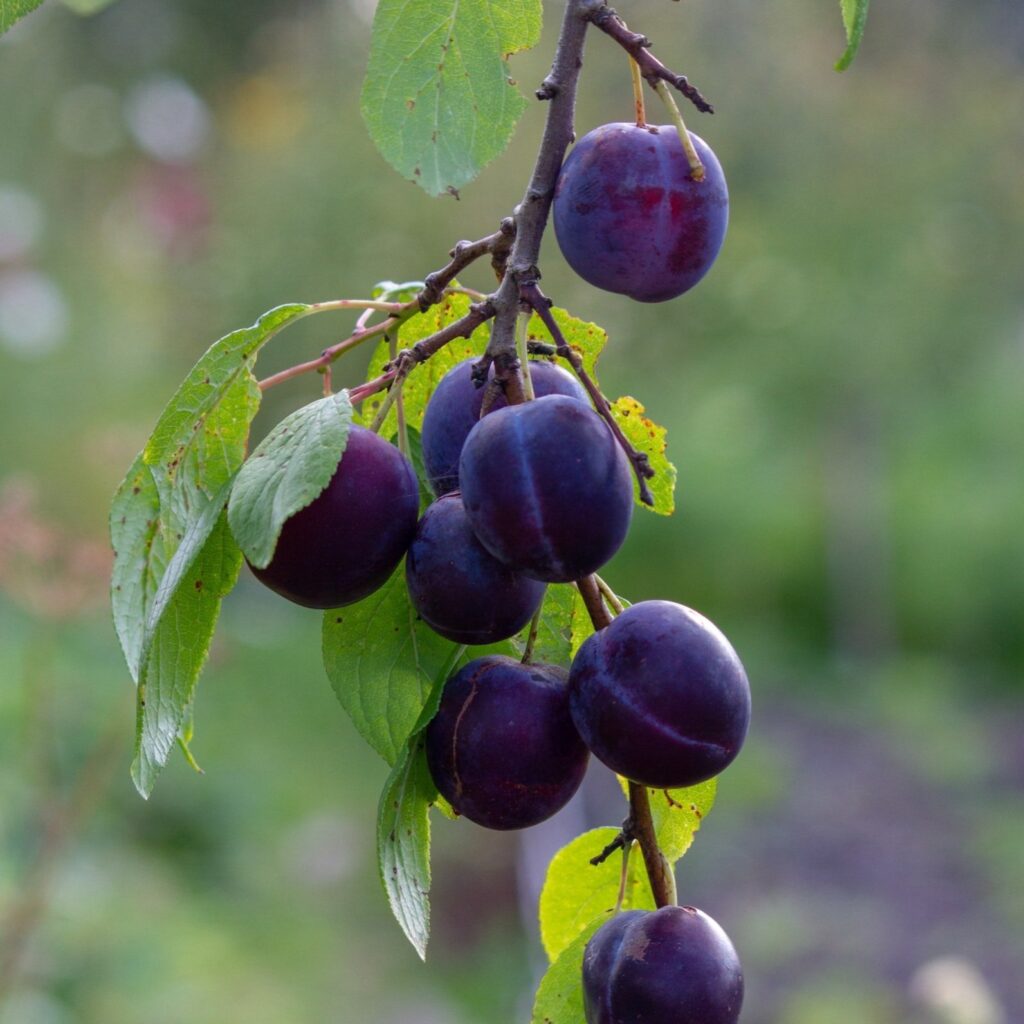
Romania typically harvests around 530,000 tonnes annually, placing it third in global rankings.
Key Regions:
- Rich plum-producing areas include Wallachia, Transylvania, and Moldavia.
Distinctives:
- Known for European plum varieties like the ‘Stanley’—ideal for jams and desserts.
- Romanian plums are widely used in țuică, a traditional distilled plum brandy.
- While many are consumed domestically, exports reach into Central and Eastern Europe.
India — Emerging from Asia’s Far Reaches
India produces around 400,000 tonnes of plums mainly from hilly northern regions like Himachal Pradesh, Uttarakhand, Kashmir, and Punjab.
What’s Unique:
- Cultivates both Japanese and European-style plums.
- Plums are enjoyed fresh during summer and preserved in chutneys, pickles, and desserts.
- A growing export sector ships fruit to nearby nations in South Asia.
United States — A Dual-Faceted Plum Contributor
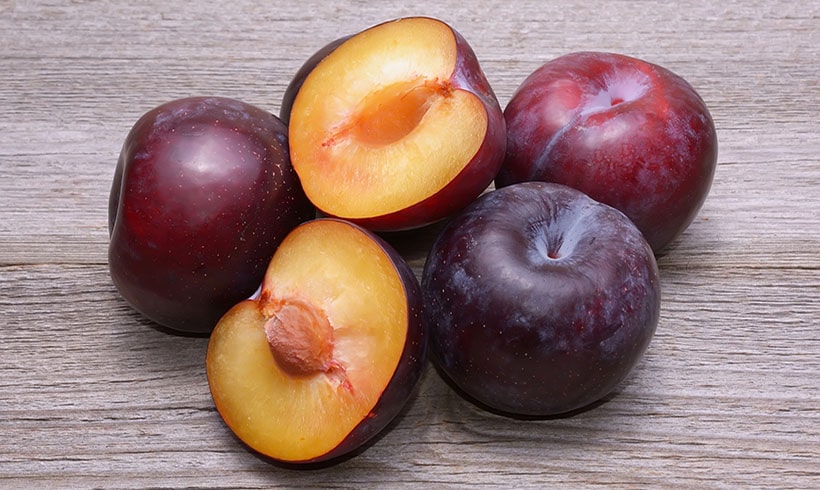
The U.S. falls into the fifth position, yielding about 380,000 tonnes annually, especially renowned for its prunes.
Leading States:
- California’s Central Valley dominates (nearly 99% of U.S. prune output), alongside other contributors in Washington and Michigan.
Key Contributions:
- Produces both fresh plums and prunes—dried plum specialties.
- Exports dried plums to Europe, Asia, and Canada.
- Fresh plums are commonly enjoyed within North America.
Plum Trade: Who Supplies the Global Market?
Although China tops production, it consumes most of its plums domestically. The international market is served primarily by:
- Serbia
- Chile (a seasonal player with fresh exports during Northern Hemisphere off-seasons)
- Spain
- South Africa
- United States
Chile’s Role:
Chile has risen as a key plum exporter, shipping fruit to North America, Europe, and Asia during their winter season.
Culinary and Nutritional Appeal of Plums
Plums are celebrated for their versatility:
- Fresh: enjoyed whole or in salads
- Dried: prunes—loved for their rich sweetness and digestive benefits
- Preserves: jams, chutneys, and glazes
- Culinary Uses: tarts, cobblers, brandies, chocolates
- Beverages: teas, mead, and fruit-infused drinks
Plus, they offer high levels of vitamin C, fiber, antioxidants, and low calories—making them a tasty and healthy dietary choice.
What Makes Plum Growing Successful?
Several factors contribute to successful plum cultivation in these leading nations:
- Climatic diversity: temperate to subtropical zones
- Water availability and advanced irrigation systems
- Orchard management: pruning, pest control, modernization
- Varietal diversity catering to local and global taste profiles
- Cultural traditions that encourage plum cultivation and consumption
Looking Ahead: The Future of Plum Production
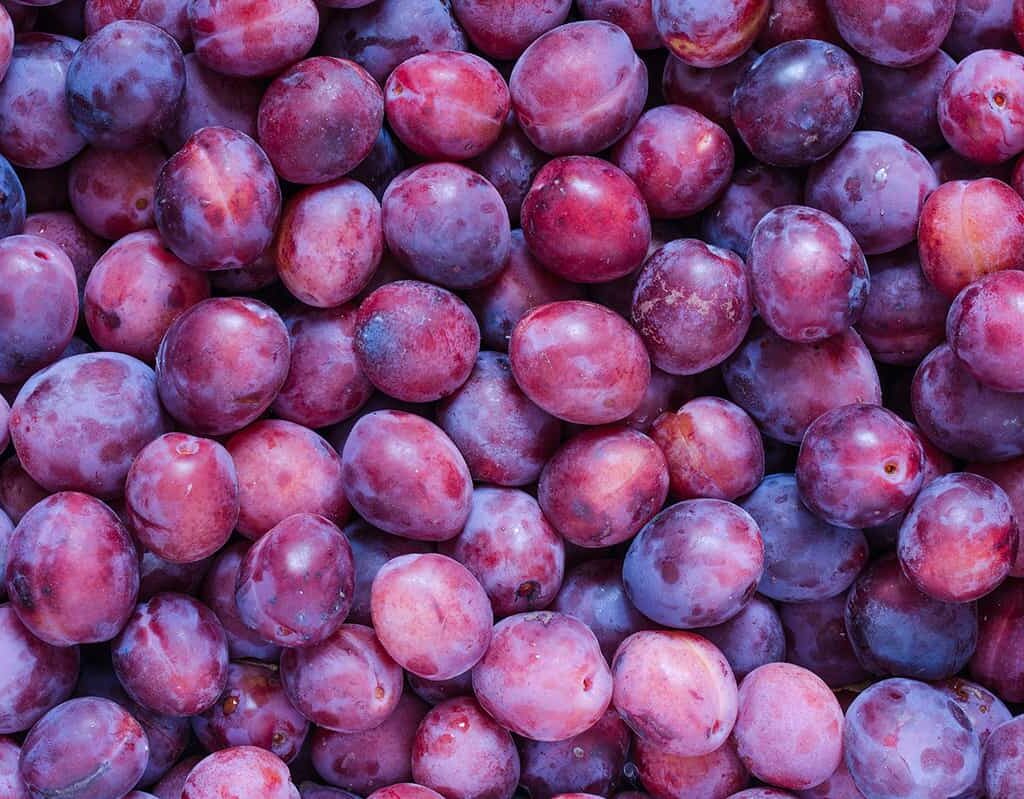
The coming decade promises continued growth in plum farming:
- Adoption of organic farming, cold-chain storage, and eco-friendly pest control
- Breeding programs introducing disease-resistant, high-yield, tasty new plum varieties
- Rising global demand for plums as a superfruit and clean-eating favorite
- Increased off-season exports, supported by Southern Hemisphere producers
In Summary
- The world gets most of its plums from just five key countries—China, Serbia, Romania, India, and the USA.
- China leads dramatically, yielding over 7 million tonnes a year and supplying more than half of global production.
- Serbia, Romania, and India contribute unique cultural and culinary experiences rooted in tradition.
- The U.S. excels in prunes and fresh market value.
- Chile and Spain play rising roles in seasonal exports to northern markets.
Final Takeaway
Plums are a global delight, but China remains the dominant force behind most of the world’s plum supply. As demand continues to climb for fresh, healthy fruit, these top producers—and others rising into the mix—will shape the future of plum innovation and distribution.
So next time you bite into a sugar-sweet plum or sip plum-infused tea, savor the journey—from orchards in Sichuan to Serbian brandy presses—of this timeless global fruit.






Leave A Comment